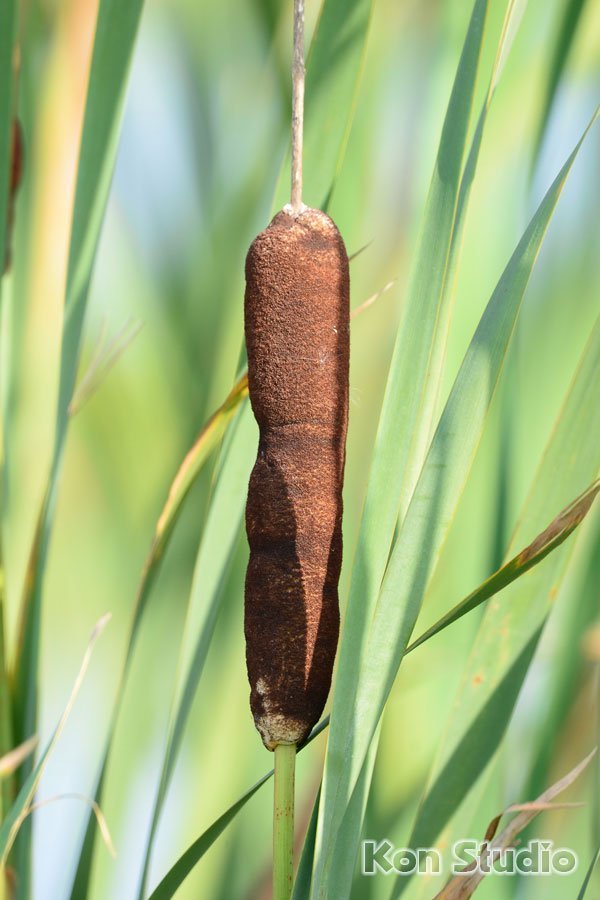There are two species of cattails that are found in Florida. They are Typha domingensis (southern cattail) and Typha latifolia (common cattail).
Cattails are important to our water since they continuously filter the water where they grow and thrive. They are capable of filtering arsenic, pharmaceuticals, and explosives. Cattails also store algae-producing nutrients in their leaves while their roots stabilize the water edge and prevent erosion.
Cattails are a great haven for protective nesting areas for animals and birds. Cattail seeds can remain in a dormant stage for up to 100 years. Once established, cattails grow up to 8 feet tall and multiply from thick, underground rhizomes.
Cattails are used as a buffer between sugar farms and the Everglades where they remove phosphorous from the water before it flows into the Everglades. Unfortunately, cattails love phosphorous and can grow out of control and block out the sun while out-competing the native sawgrass. Spraying herbicides to kill them has a negative effect on the water quality and local wildlife. Of course, any plant given the right conditions, albeit unnatural conditions, can become invasive and will need to be thinned out at times.
Cattails can be used to prevent excess methane emissions in an effort to slow global warming. Currently, scientists are exploring the possibility of using cattails as biofuel.
Other fun facts – Cattails can be woven into baskets, hats, mats, and beds. The dried seed heads attached to their stalks can be dipped into oil and used as torches. The honey-like substance of the plant near the root has been used as an antiseptic and for toothaches. The roots and cattails themselves can be cooked and turned into a sweet flour that has gluten similar to wheat. The sap in between the leaves is an excellent starch and can be used to thicken stews and soups.
So the next time you see a cattail remember, some may call it a super plant.




Recent Comments